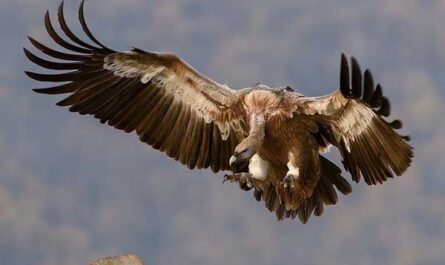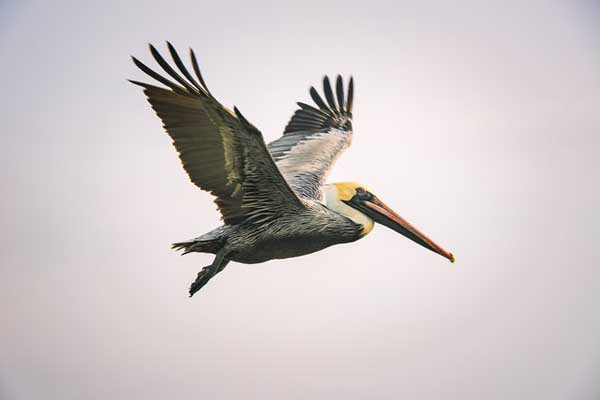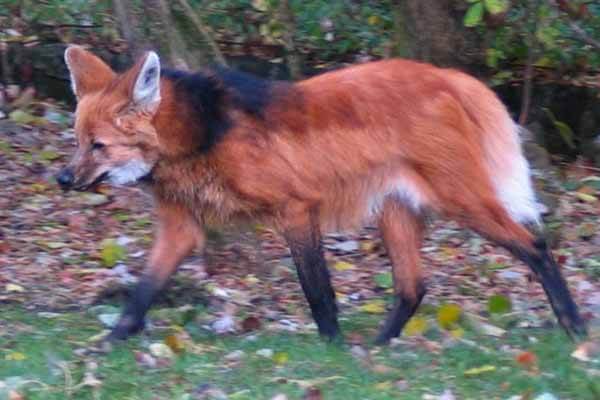The tapir is a large beast that lives in South and Central America.
They rarely grow more than a meter, but in length, they reach two meters, and in weight – 300 kg. Externally, the tapir resembles a pig, although its closest relatives are rhinoceroses and horses. Taking into account a quite noticeable proboscis on the muzzle, we can assume that the genetic code has something from elephants. These are not all interesting facts about the tapir.
Tapirs prefer to live near water bodies, in impassable forests. All their life is connected with water: they hide there from enemies, clean the wool, sometimes eat and mate. Animals are exclusively herbivorous, so in addition to algae, they can eat vegetables and fruits. It is quite understandable that American farmers are not very happy with the neighborhood with these amazing creatures. We have collected for you the most interesting facts about tapir.
7 facts about tapir
- In translation from one of the South American languages “tapir” means “fat”. This is due to its thick and strong skin.
- The probosci’s tapir needs not only for a better smell perception. With its help, the beast can spend a few minutes underwater, which helps it to hide from enemies.
- At night, tapirs often come to fields and vegetable gardens. There, they gladly treat themselves with grains and root vegetables.
- There are five types of tapirs. One of them lives in Southeast Asia, and the rest – in South and Central America.
- Only the cherry tapir has light wool on its back. The other species have brown, gray, or black coloring.
- In the natural environment, tapirs live up to 30 years. In captivity, they live about the same amount. These creatures do not even care about where to live. They feel equally comfortable everywhere.
- Tapir cubs do not look like their parents at all. There are white spots and stripes on their wool, which disappear with time.
Top 3 most interesting facts about tapir
- In 2013, a small black tapir was opened. It became one of the few ungulates that have been discovered in the last 100 years.
- Once the tapirs lived all over the world. But over time, some of them became extinct, the others were exterminated.
- Originally, there were 18 types of tapirs. 13 of them have not survived to this day. It is noteworthy that the tapir has many natural enemies. However, the main damage to the population of these animals was caused by humans.
There is an intensive hunt for the tapirs. Farmers shoot them off for destroying their fields, poachers shoot them off for meat and skin. Now, four species are taken under protection, flat tapirs are still quite numerous.
Did you like interesting facts about tapir? Share it with your friends.
True Facts About the Tapir
Ze Frank continues his series of true facts about the tapir with a new book called True Facts about the Tapir. This striped mammal lives in the rainforests and is one of the most endangered mammals in the world. This fascinating animal lives a solitary life and eats leaves and twigs. While it is rare to see tapirs, they are considered to be very intelligent and have evolved a unique communication system.
The tapir is a highly adapted mammal. It is a little smaller than an elephant and resembles a cross between a hog and an elephant. Its name in Thai is P’som-sett, which means “mixture finished.” It is highly adapted to life in the jungles, making it a rare and interesting species. In fact, the tapir has been around longer than many other mammals on the planet today.
Tapirs have been fossilized in all continents except Antarctica and are the largest mammal in South America. Despite this, their population is declining due to deforestation, hunting, and roadkill. This has resulted in a decline in their numbers, but they’re resilient and can adapt to survive in isolated environments. If you want to learn more about this amazing creature, read on!
While tapirs are highly intelligent, they’re still unpredictable and fierce creatures that will attack a human. Some tapir attacks can cause severe injuries or even death, so it’s best to treat them with respect and keep a distance. Although they’re pretty hardy, they’re also very slippery and dangerous, so you shouldn’t try to approach them too close to their habitat.
The tapir has a large body that’s used for hunting, so its weight is an important part of its survival. Its lifespan is about 25 years, and the mature tapir can weigh between 230 and 300 kilograms. Its ears, nose, and upper lip are flexible, which helps it pick up leaves and twigs. In addition to eating twigs and leaves, tapirs are also extremely active during the day.
The tapir has many unique features that make it a unique species. The largest species, the Malayan tapir, is the largest. It is 1.8 to 2.5 meters long, with a shoulder height between 90 and 110 centimeters. Its weight is between 250 and 320 kilograms. These animals have large hindgut and specialized teeth. They are nocturnal and often live alone.
Despite its unique appearance and characteristics, tapirs have no significant differences from their progenitors. They are more like rhinos than horses and have three- or four-paddled hooves. Their legs are similar to those of horses but are much more mobile than tapirs. While their snouts may be pointed upwards for breathing, they are more likely to defecate on the forest floor.
Tapirs are endangered. They are often considered to be an umbrella species. The tapir has four species, including Baird’s tapir and the Kabomani tapir. They live solitary lives in wooded and grassy areas, and they are closely related to horses. Their distinctive snouts help them catch their prey. They have a very long snout, which allows them to snoop and forage for their food.
While tapirs are not known for their long, prehensile noses, and squinty bodies, the animals are important to the health of the forest. Unlike most other animals, tapirs do not have the ability to swim. However, they are capable of swimming a few meters, and this makes them excellent pets for families with children. It also has a very flexible snout, which is useful for grabbing fruit and leaves.
The tapir has a striped and dotted coat at birth. These tapirs love water and are often found taking a dip on hot days. They also prefer to spend their days in mud holes, which are surrounded by trees and protect them from parasites and insects. Its spotted snout is used to breathe in water. They have no eyes or ears.








